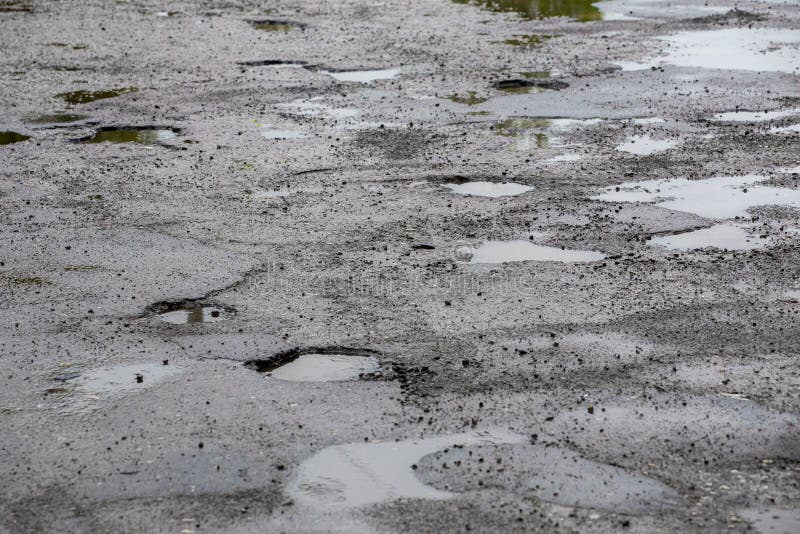
This sound is pronounced when going over a bump. When these parts begin to go bad, you will hear a rattling noise.

One of the main causes of sway bar failure is the deterioration of the bushings. Here down below is a more detailed list of the signs of a bad or failing sway bar to look for: 1. However, it is more common for the bushings or links to break than the sway bar itself, since it is a solid piece of metal. It could either be the sway bar links, the sway bar bushings, or a bad sway bar itself at fault when you notice any of these symptoms. You may also notice an excessive body roll when cornering. The most common symptoms of a bad or failing sway bar are a rattling noise when driving on a bumpy road and loss of handling when cornering.
#BUMPY BROKEN ROADS PLUS#
įor more information about this research study, with pictures and videos, see /nicolas.taberlet/washboard/ (Nicolas Taberlet, École Normale Supérieure de Lyon).įor additional videos, plus more about studies of non-linear physics, check out (University of Toronto).Conclusion Symptoms Of A Bad Sway Bar or Anti Roll Bar Road bumps: Why dirt roads develop a washboard surface. If all cars travel at a poky 5 miles per hour or less, a dirt road will remain flat.- Emily Sohn What’s the solution? The only way to avoid a bumpy ride, the researchers found, was to slow way down. After a hundred or so repetitions-not unusual for a well-used road-the bumps turn into a pattern of deep ridges. When the wheel then passes over the bump, it pushes dirt down into the next bump. This nudge makes the bump get slightly bigger. As a wheel rolls over these little bumps, it pushes the dirt forward a small amount. The computer program showed that dirt surfaces, even those that look flat, actually have tiny bumps. To better understand what was going on, the team created a computer simulation that showed how individual grains of sand move as a tire drives over them. But the ripplelike ridges almost always formed, regardless of what combination of factors the scientists used. And they rotated the turntable at a variety of speeds.ĭepending on conditions, the distance between ridges varied. They even used a type of wheel that didn’t spin. The researchers also tested wheels of different sizes and weights. Other times, they scattered the grains loosely on the surface. They used grains of different sizes and mixtures. In repeated tests, the scientists varied conditions in every way that they could think of. They placed a rubber wheel over the surface so that it rolled over the dirt as the turntable rotated. To make a model dirt road, the scientists covered the turntable with grains of dirt and sand. They began by building a turntable-a round, flat surface that rotates, somewhat like the spinning surfaces sometimes found on large restaurant tables. Recently, researchers at the University of Toronto and their colleagues at the University of Cambridge in England attempted to come up with a simple explanation of why the ridges form. As a result, engineers haven’t been able to put the theories to the test or to design bumpfree dirt roads.Īs cars and trucks drive over dirt roads, they create ridges like the ones shown on this road in Australia. Scientists have attempted to explain why ridges form, but their theories have been very complex. Workers can use bulldozers to flatten the dirt, but the ridges reappear soon after cars hit the road again. These bumps are usually several inches high, and they occur every foot or so. Dirt roads often develop ridges-and until recently, no one knew why.

If you’ve ever been in a car that’s traveling down a dirt road, you know how bumpy the ride can be.


 0 kommentar(er)
0 kommentar(er)
